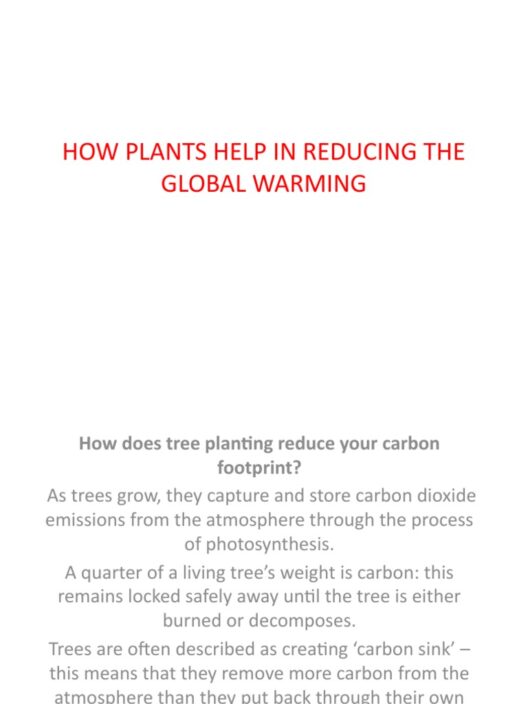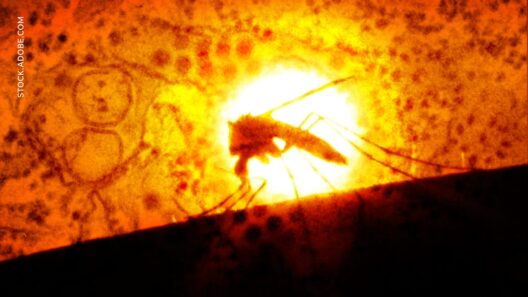The Arctic region, often referred to as the “Earth’s refrigerator,” is undergoing rapid and alarming changes due to global warming. But have you ever stopped to ponder what it would mean for our planet if this icy fortress were to melt away? As temperatures rise, the implications cascade far beyond the Arctic itself, seep into every corner of the globe, and present a perplexing challenge to humanity.
To understand the current situation, one must first appreciate the exquisite beauty and delicate nature of Arctic ice. It reflects sunlight, regulates sea levels, and fosters a unique ecosystem that supports diverse wildlife, from polar bears to migratory birds. However, the alarming reality is that the very fabric of this environment is unraveling, with the Arctic experiencing some of the most rapid temperature increases on Earth. On average, the region has warmed by an astounding 2 to 3 degrees Celsius over the past century. This warming trend has initiated a cascade of ice melt, creating an urgent need for global awareness and action.
One of the most visible consequences of warming temperatures is the accelerated melting of sea ice. This phenomenon impacts not just the Arctic environment but also the global climate system. As sea ice diminishes, less sunlight is reflected away from the Earth’s surface, thereby increasing temperatures—a phenomenon known as the albedo effect. This, in turn, leads to further warming and increased ice melt, establishing a perilous feedback loop.
In addition to the existential threat posed by melting sea ice, the vast ice sheets covering Greenland are also experiencing unprecedented levels of ablation. The Greenland Ice Sheet, the second-largest body of ice on the planet, is losing ice at an alarming rate. According to recent studies, Greenland has lost more than 280 billion tons of ice annually in recent years, contributing significantly to rising sea levels. The plight of Greenland’s glaciers serves as a poignant example of how interconnected our climate system is, with implications reaching far beyond regional boundaries. Coastal cities worldwide might face inundation, creating a potential crisis of displacement for millions.
While the scientific community has long been aware of these changes, it is only recently that the broader public has begun to grasp the immediate threat of ice melt in the Arctic. The stark visibility of these changes fosters an emotional connection and demands attention. Consider the youthful, vibrant life forms that inhabit these icy landscapes. As these ecosystems falter due to the diminishing ice cover, what becomes of the polar bears, seals, and myriad of species dependent on this fragile environment? When the ice melts, what once was solid ground transforms into open water, disrupting the natural balance and forcing wildlife to adapt rapidly, or face extinction.
The acceleration of ice melt does not end with ecological ramifications. It presents a challenge that transcends species and ecosystems—a sociopolitical conundrum poised to affect nations and economies. As Arctic waters become more navigable, new shipping routes are emerging. While this may seem beneficial, the increase in human activity opens a Pandora’s box of environmental degradation. Oil drilling, mining, and increased tourism threaten to further compromise this sensitive region. Can humanity balance economic interest with ecological preservation, or will profit take precedence over our fragile planet?
Additionally, the ramifications of melting ice extend into the realms of climate feedbacks, such as the release of methane—a potent greenhouse gas stored beneath permafrost. As temperatures rise, the permafrost thaws, releasing methane into the atmosphere. This process accentuates global warming, leading to higher temperatures that further exacerbate ice melt. Researchers estimate that thawing permafrost could release as much as 1.5 trillion tons of carbon dioxide and methane by the year 2100, spelling dire predictions for climate stability.
In summary, the changes occurring in the Arctic underscore a remarkable interconnectedness within our planet’s systems. The melting of Arctic ice serves as both an emblem of climate change and a stark reminder of humanity’s responsibility to act. The question remains: Are we prepared to confront the challenges posed by unprecedented ice melt, or will we allow our indifference to continue steering us toward environmental ruin? The clock is ticking, and the Arctic is not simply an isolated ice field; it is a litmus test for the health of our planet. The fate of the Arctic will inevitably shape the future of the Earth—our time to act is now.
As we navigate through this epoch of climate crisis, it is paramount that we recognize the intrinsic value of the Arctic. Its preservation bears importance not only for those who inhabit its vast, icy landscapes but for the global community at large. The courage lies in human ingenuity and collective action. How will we respond? The unfolding narrative of the Arctic’s alarm calls for our engagement, insight, and dedication to mitigating climate change before it’s too late.






